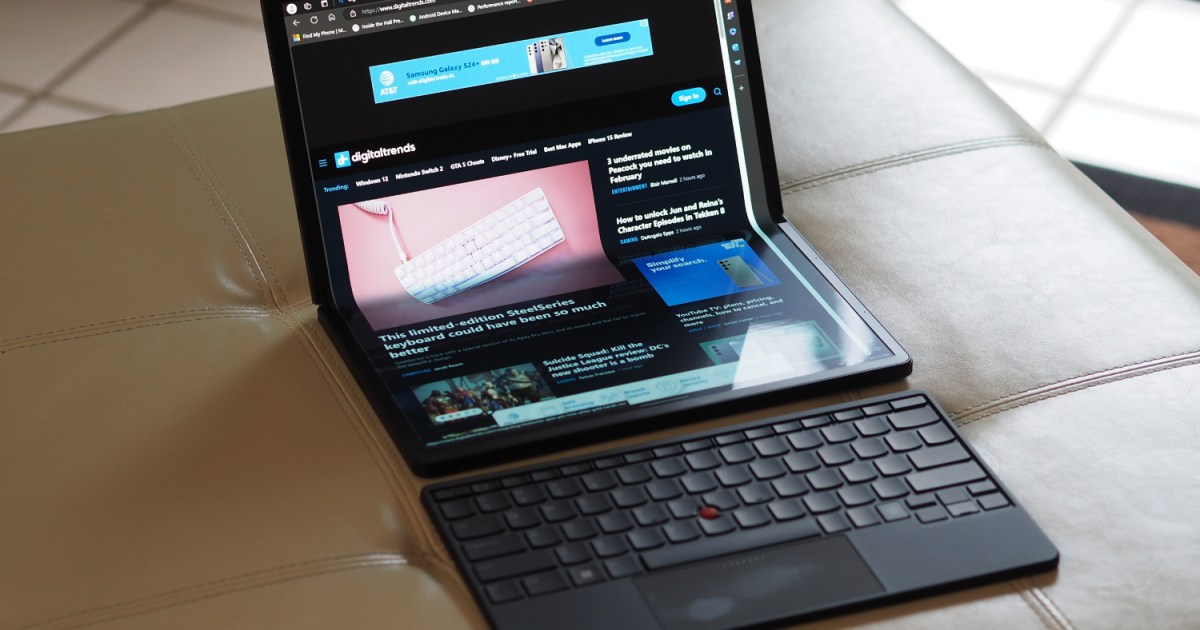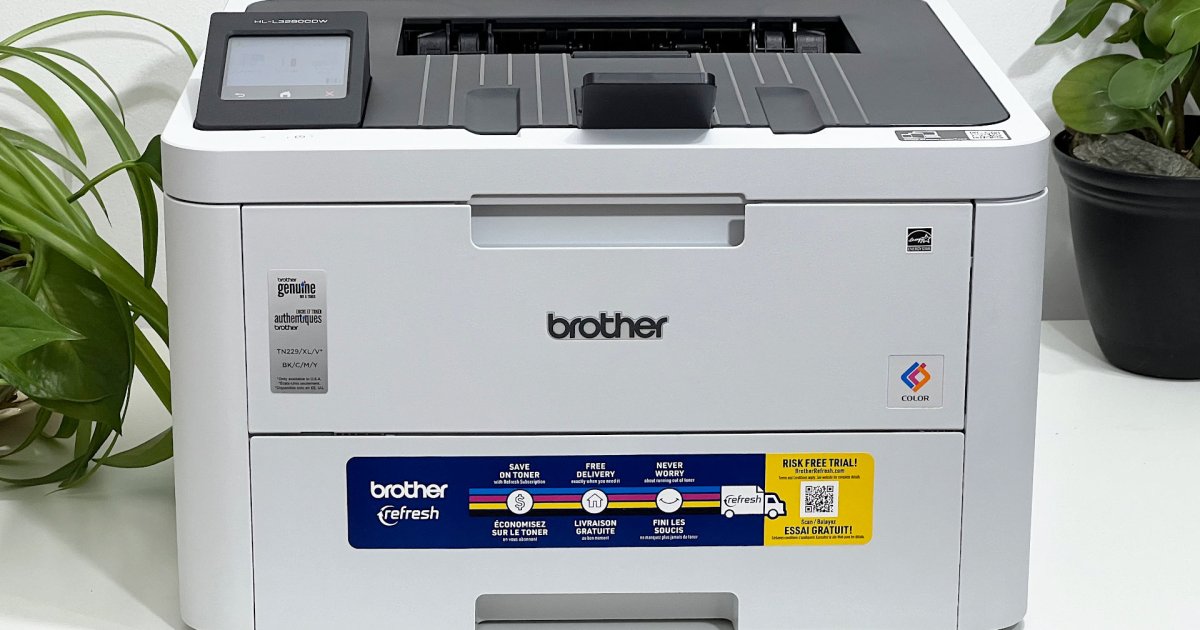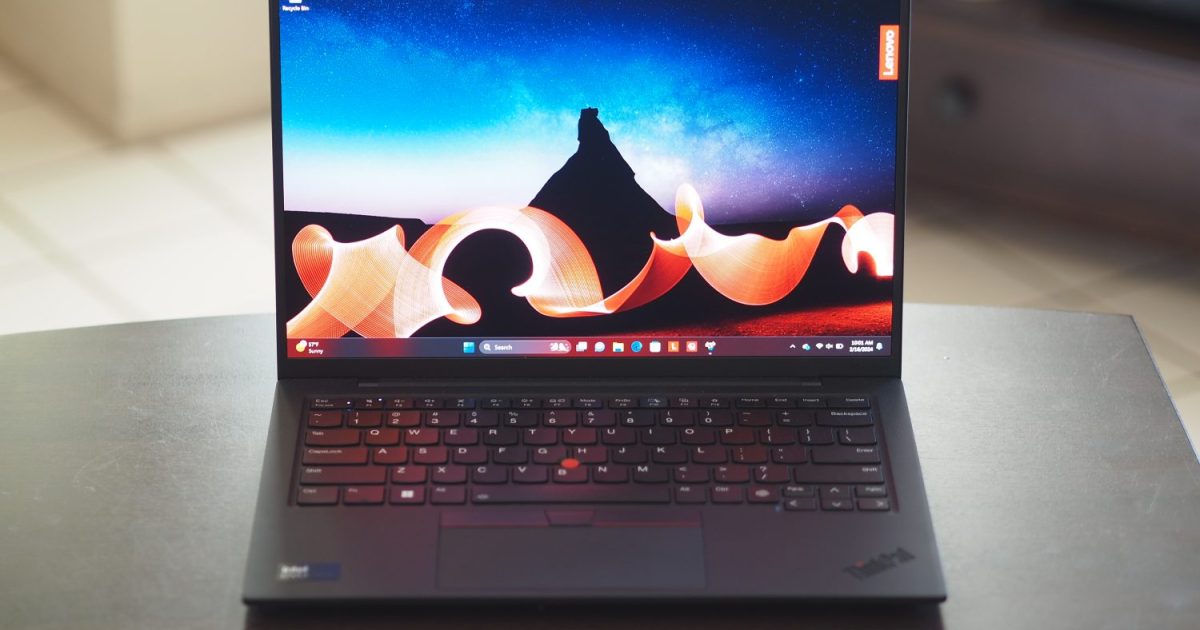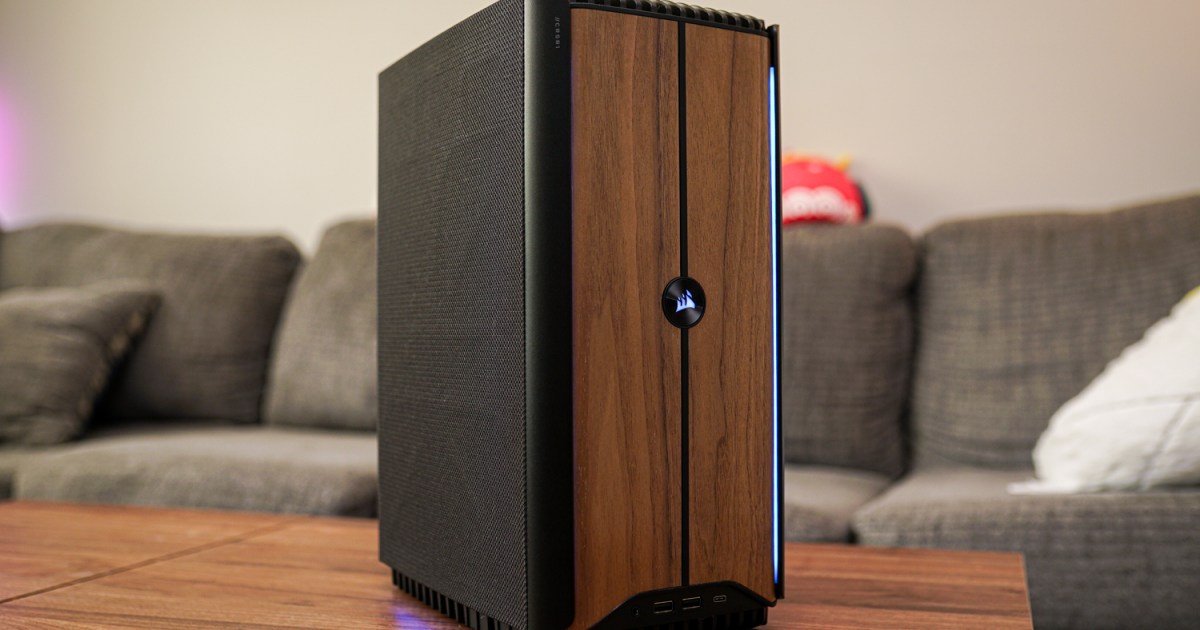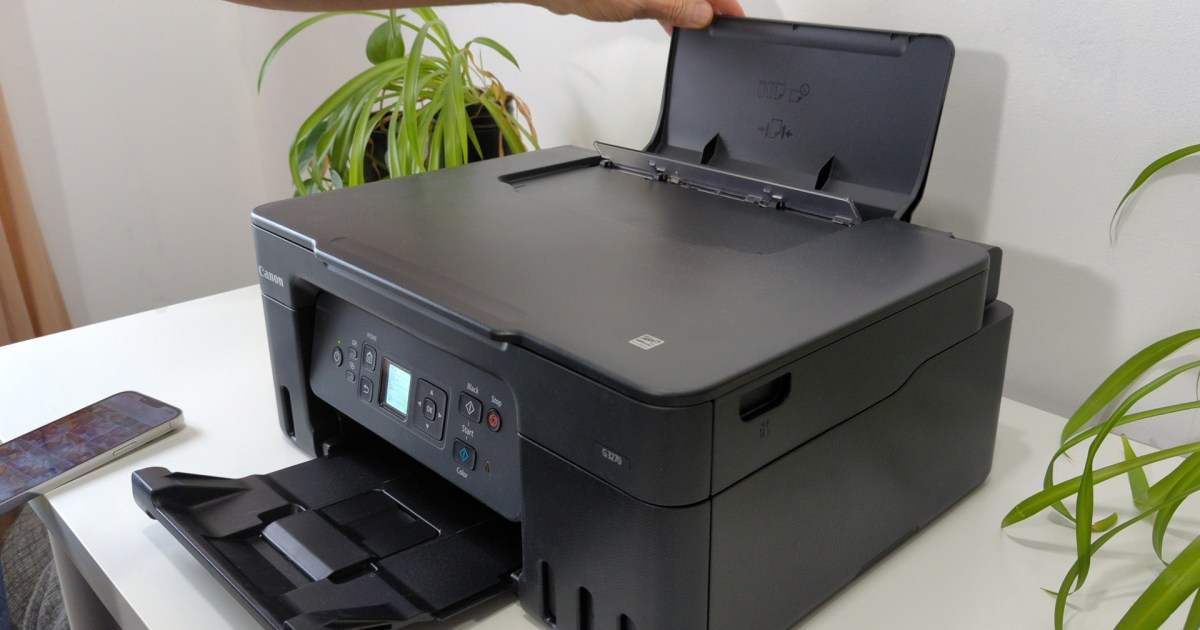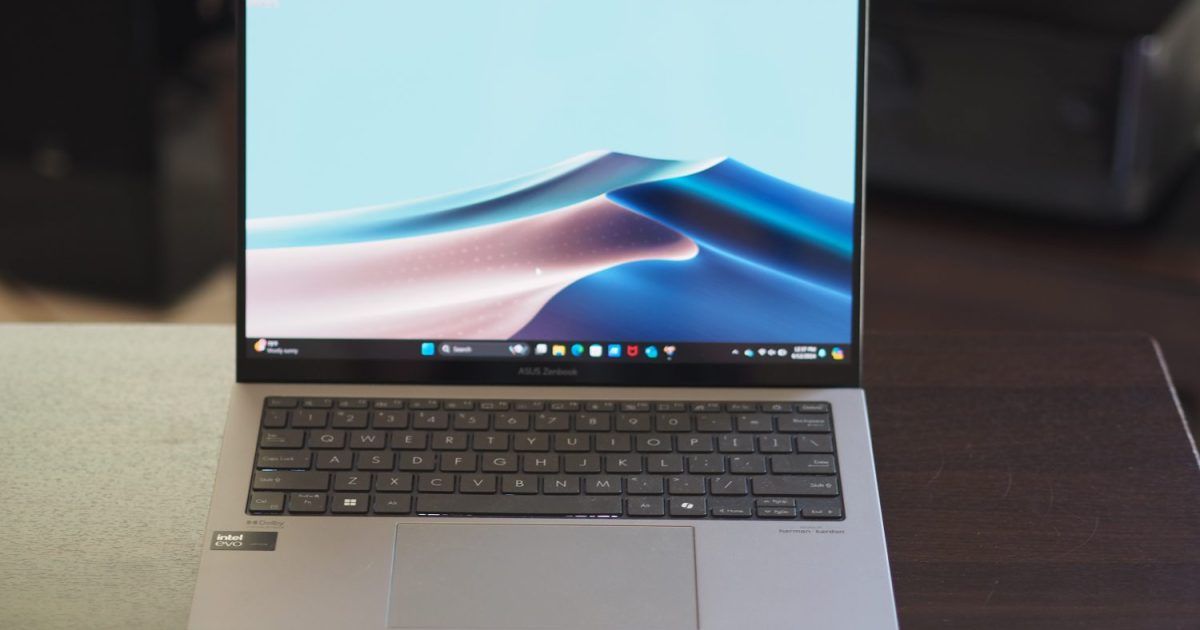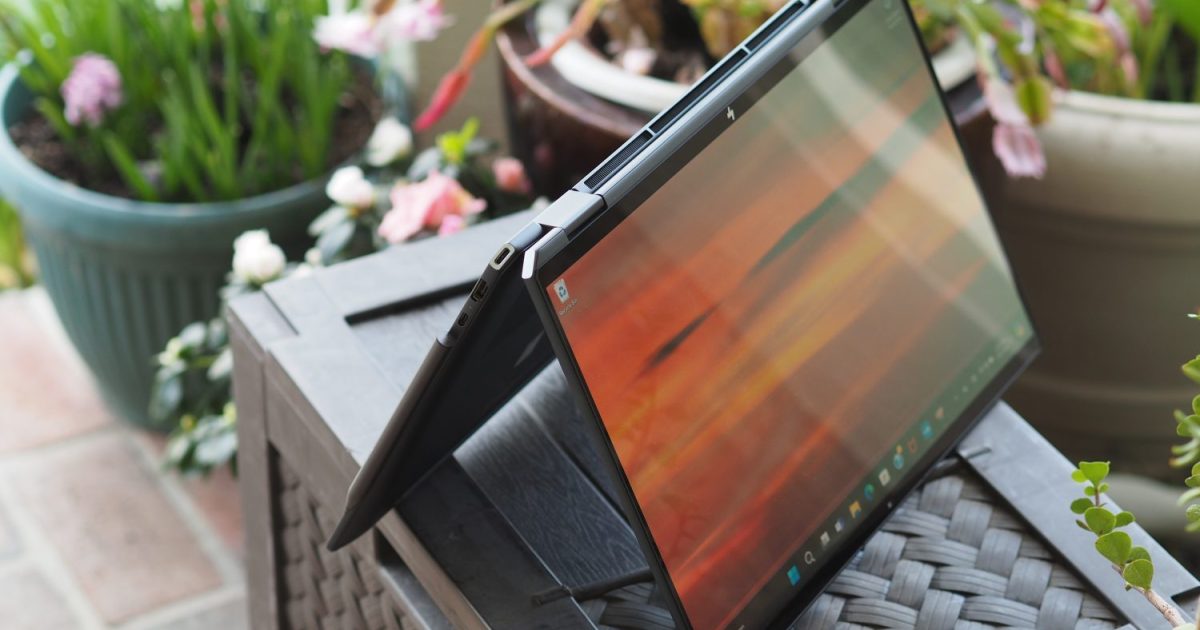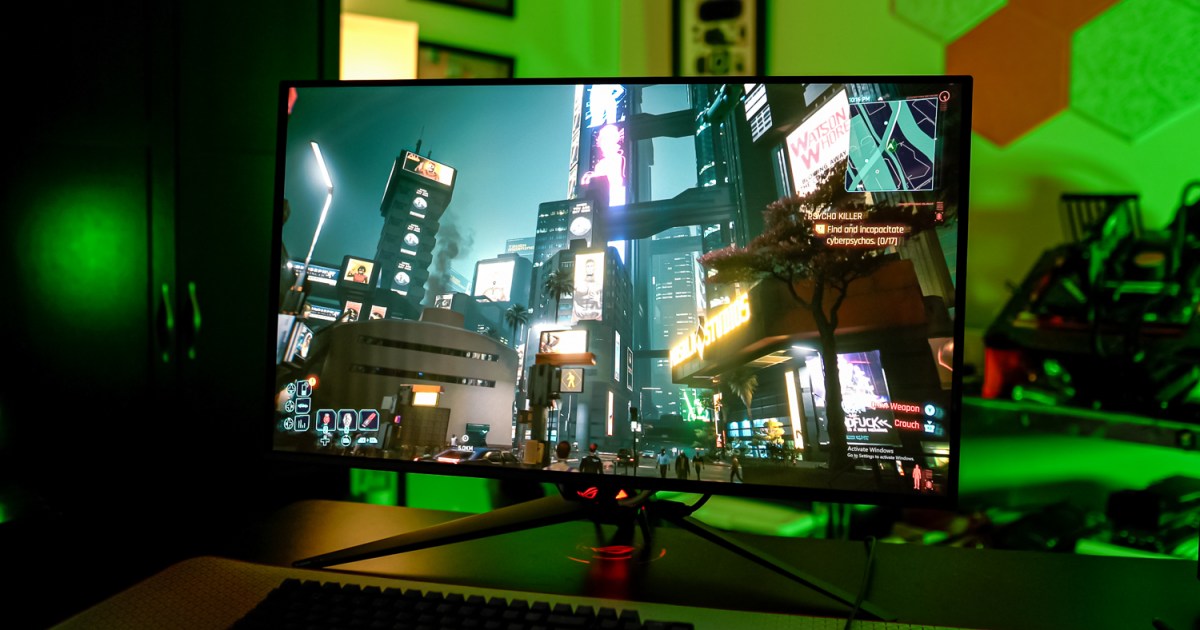Lenovo pioneered foldable PCs with the original ThinkPad X1 Fold, a 13.3-inch OLED device that folded in half. It functioned as a tablet, a clamshell with an external keyboard, and a desktop with a stand. However, its performance, keyboard, and touchpad were underwhelming.
Lenovo’s second attempt, the ThinkPad X1 Fold (16-inch), is a redesigned foldable laptop. The larger 16.3-inch display improves its clamshell functionality but makes it bulkier as a tablet. While intriguing, this foldable PC faces stiffer competition and still exhibits some flaws.
Specifications and Configurations
| Feature | ThinkPad X1 Fold |
|---|---|
| Dimensions | 13.61 x 10.87 x 0.34 inches (unfolded) 10.87 x 6.94 x 0.69 inches (folded) |
| Weight | 4.16 pounds (with keyboard/stand) 2.78 pounds (without keyboard/stand) |
| Processor | Intel Core i5-1230U Intel Core i5-1240U vPro Intel Core i7-1250U Intel Core i7-1260U vPro |
| Graphics | Intel Iris Xe |
| RAM | 8GB 16GB 32GB |
| Display | 16.3-inch 4:3 2.5K+ (2,560 x 2024) OLED |
| Storage | 256GB SSD 512GB SSD 1TB SSD |
| Touch | Yes |
| Ports | 1 x USB-C 3.2 Gen 2 2 x USB-C with Thunderbolt 4 Optional: NanoSIM slot |
| Wireless | Wi-Fi 6E and Bluetooth 5.1 Optional WWAN |
| Webcam | 5MP with infrared camera for Windows 11 facial recognition |
| Operating System | Windows 11 |
| Battery | 48 watt-hours 64 watt-hours (48Wh + 16Wh secondary battery) |
| Price | $2,499+ |
Lenovo offers various configurations, starting at $2,499 for a Core i5-1230U, 8GB of RAM, and a 256GB SSD. The pen, keyboard, and stand are optional extras, costing $50 and $300, respectively. A fully configured ThinkPad X1 Fold with a Core i7-1260U vPro, 32GB of RAM, a 1TB SSD, WWAN, pen, keyboard, and stand reaches $4,211. Consider the additional $350 for the essential keyboard, stand, and pen for full functionality.
Competitively, the Asus Zenbook Fold 17 with similar specifications and included accessories costs $3,500, while the HP Spectre Foldable PC is priced at $5,000. The ThinkPad X1 Fold offers a more affordable entry point but becomes pricier at the high end.
Design and Usability
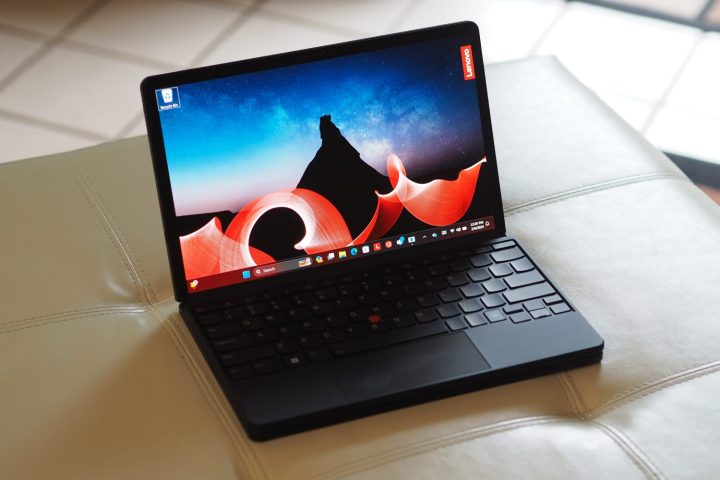
Compared to the Asus Zenbook Fold 17 and HP Spectre Foldable PC, the ThinkPad X1 Fold’s 16.3-inch display is slightly smaller. This difference is most noticeable when closed, resulting in a more compact folio-like device. While the tablet weight is comparable, the Lenovo is heavier with the keyboard and stand attached.
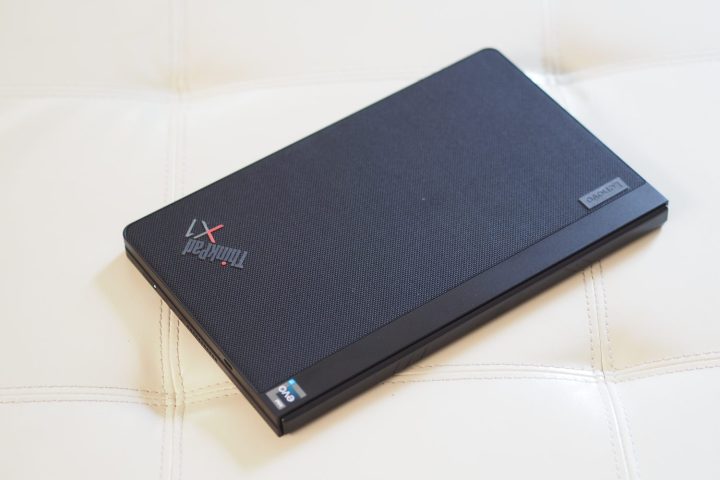
The ThinkPad X1 Fold’s hinge design allows the folded halves to lie flat, unlike the HP and Asus models with their noticeable gaps. This makes the Lenovo thinner when folded. However, the keyboard and stand are separate components and cannot be stored inside, unlike the HP. This necessitates carrying them separately or attaching them magnetically, which adds bulk and inconvenience.
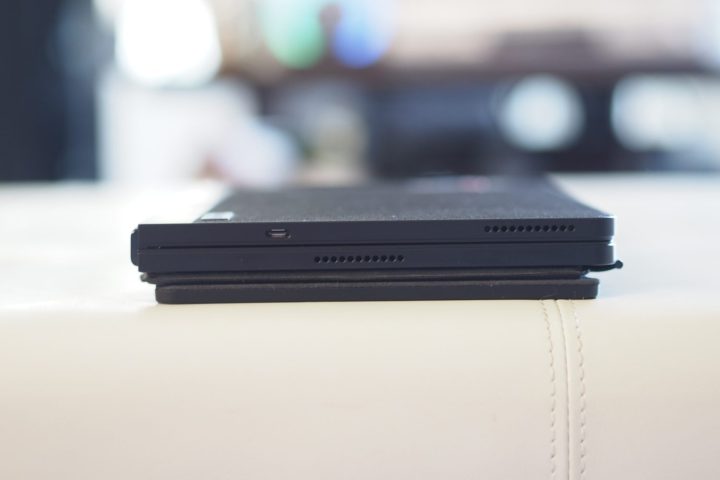
As a tablet, the ThinkPad X1 Fold is thin and comfortable, though its 16.3-inch size makes it best used on a surface. The active pen enhances inking, but tablet mode isn’t significantly more comfortable than the HP or Asus. Lenovo suggests using it as a large reading device partly folded, but this proved cumbersome. The hinge felt stiff, and the device lacked balance compared to the HP.
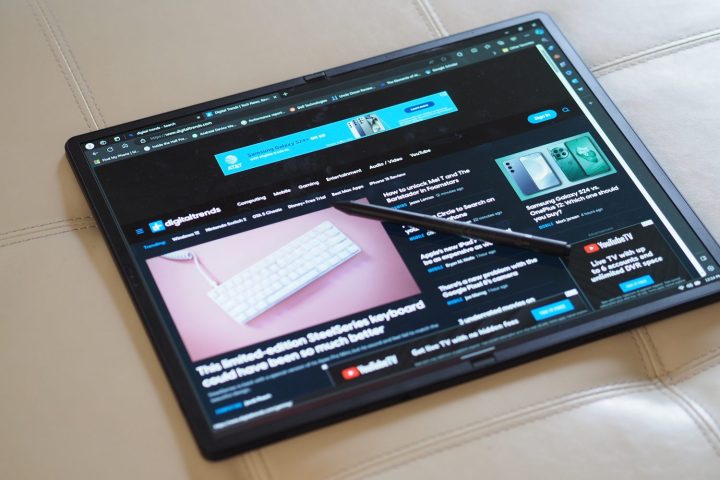
In clamshell mode, the cramped keyboard layout, though equipped with well-designed keycaps and the TrackPoint nubbin, felt less comfortable than the HP’s. The lack of a full-screen software keyboard and touchpad, features present on the Spectre Foldable PC, hindered usability without the physical keyboard.
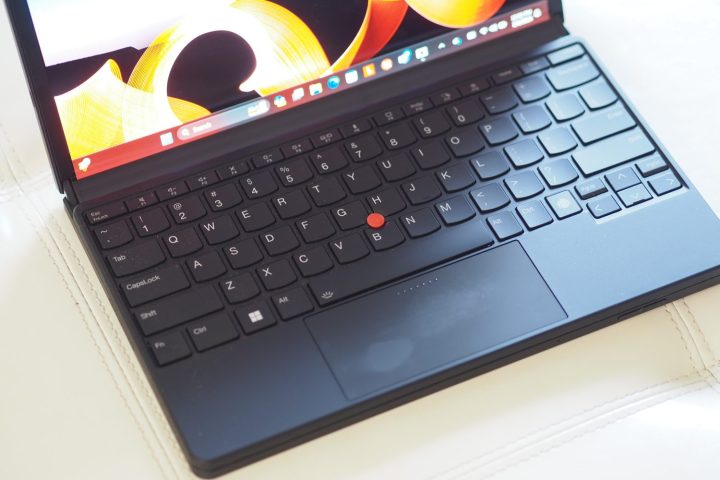
While the keyboard’s haptic touchpad is smaller, its responsiveness and click mechanism are superior to the HP’s. However, the keyboard’s sleep function and the need to press a key to wake it up proved disruptive.
Desktop mode, using the separate magnetic stand, presented further challenges. The stand’s unreliable adhesion risked the tablet falling, and its separate nature added to the bulk. The HP and Asus’ integrated stands avoid this issue.
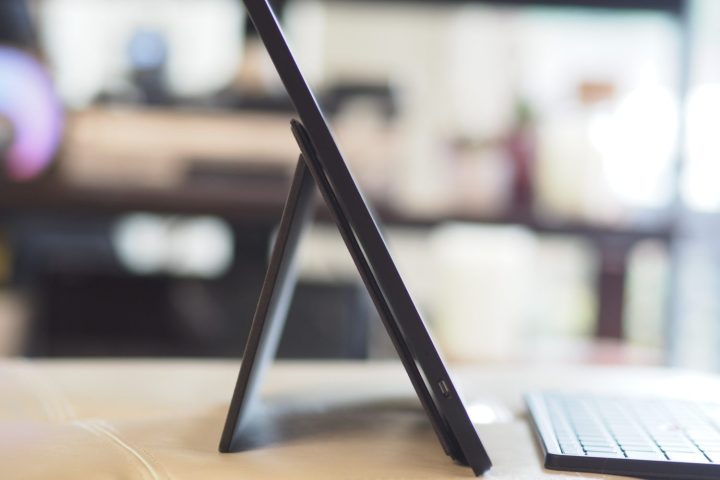
Overall, the ThinkPad X1 Fold’s clamshell and desktop modes fell short ergonomically, while its tablet mode offered no significant advantages over competitors. Software keyboards on foldable PCs remain unsuitable for extended typing. The HP Spectre Foldable PC’s dual-screen mode with the keyboard on the folded tablet provides a functionality missing in the Lenovo.
Ports and Connectivity
The ThinkPad X1 Fold lacks legacy ports like USB-A and HDMI, offering only USB-C ports with and without Thunderbolt 4. It also omits a 3.5mm audio jack and an SD card reader. The Asus includes an audio jack, but neither has an SD card reader. The tablet and keyboard charge via USB-C, while the included pen uses batteries. The HP Spectre Foldable PC, conversely, charges its keyboard and pen magnetically when attached.
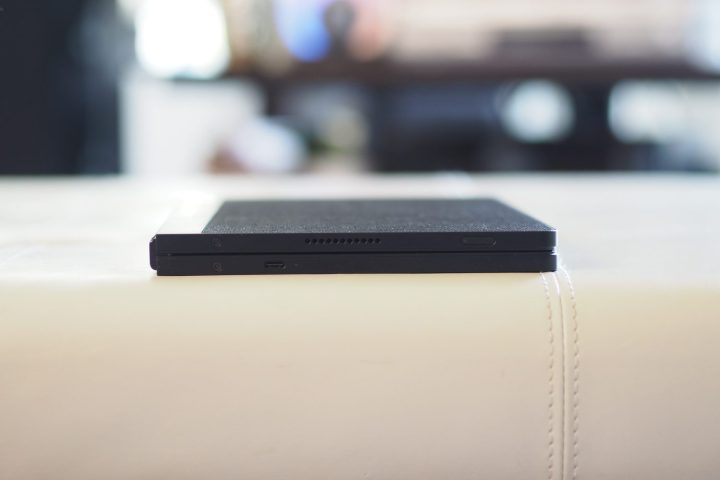
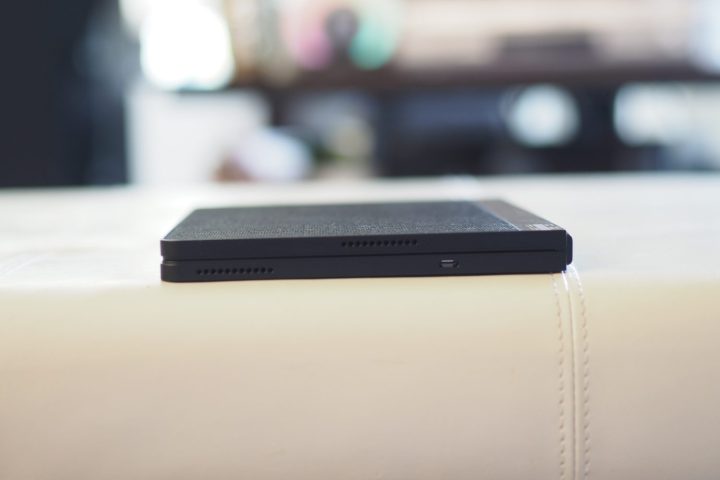
The Lenovo features Wi-Fi 6E, Bluetooth 5.1, and optional WWAN, which distinguishes it from the competition. Its 5MP webcam with infrared for Windows 11 Hello provides quality video conferencing and reliable facial recognition, performing best in clamshell mode.
Display and Audio
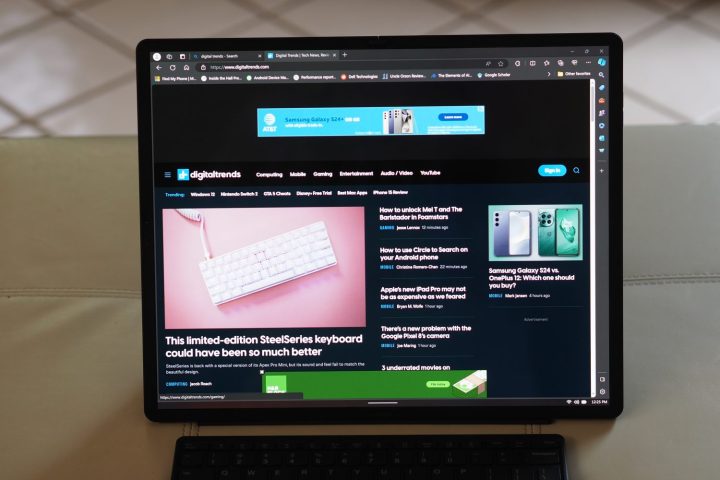
The ThinkPad X1 Fold boasts a sharp 16.3-inch OLED display with a 4:3 aspect ratio and 2560 x 2024 resolution, surpassing the Asus and HP in sharpness. While the aspect ratio is suitable for tablet use, it limits the clamshell display size. The display is bright, reaching 438 nits, with excellent contrast thanks to OLED technology. However, its color gamut at 93% of AdobeRGB and color accuracy (DeltaE of 1.52) are less impressive than other OLED panels.
Despite supporting Dolby Vision HDR, the display’s performance with HDR content was underwhelming, lacking detail in dark scenes. Audio from the edge-mounted speakers is decent but lacks bass. Speaker placement is compromised in landscape desktop mode, with one speaker firing downwards and muffled by the stand.
Performance and Battery Life
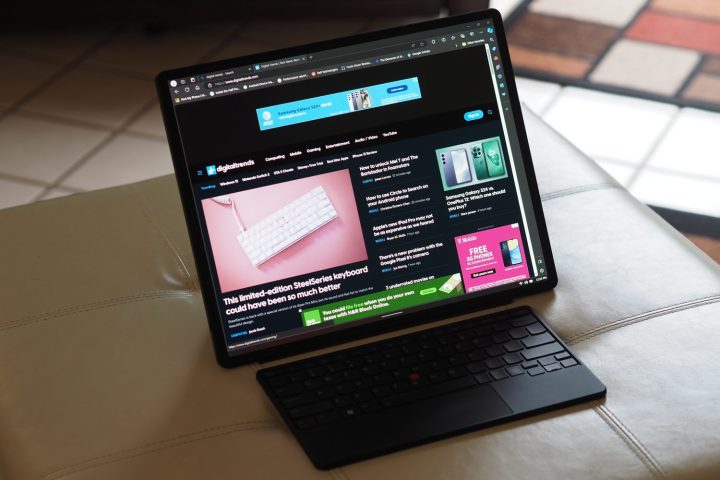
Powered by Intel 12th-gen low-power CPUs with optional vPro support, the ThinkPad X1 Fold’s Core i7-1250U outperformed the similarly equipped HP and Asus in benchmarks. While faster than its foldable counterparts, its overall performance remains modest, sufficient for productivity and media consumption but not gaming.
| Benchmark | Lenovo ThinkPad X1 Fold (Core i7-1250U) |
|---|---|
| Geekbench 5 (single/multi) | Bal: 1,672 / 6,880 Perf: 1,672 / 7,440 |
| Handbrake (seconds) | Bal: 160 Perf: 139 |
| Cinebench R23 (single/multi) | Bal: 1,489 / 5,246 Perf: 1,541 / 6,356 |
| PCMark 10 Complete | 4,841 |
Battery life with the 64 watt-hour configuration proved disappointing. In clamshell mode, it lasted only four hours in web browsing and 11.5 hours in video playback. In unfolded desktop mode, it achieved seven hours and 10.25 hours, respectively. The HP Spectre Foldable PC offered significantly better battery endurance, particularly in web browsing. Expect to recharge the ThinkPad X1 Fold before a full workday concludes.
Conclusion: A Disappointing Entry
The ThinkPad X1 Fold (16-inch) presented a series of disappointments. The unreliable stand, cramped clamshell mode, and subpar battery life detract from its appeal. While performance exceeds other foldable PCs, it’s not enough to offset its flaws. The Asus Zenbook Fold 17 offers a more affordable alternative, and the HP Spectre Foldable PC provides a better overall experience. The ThinkPad X1 Fold, unfortunately, falls short of expectations for a premium foldable PC.



